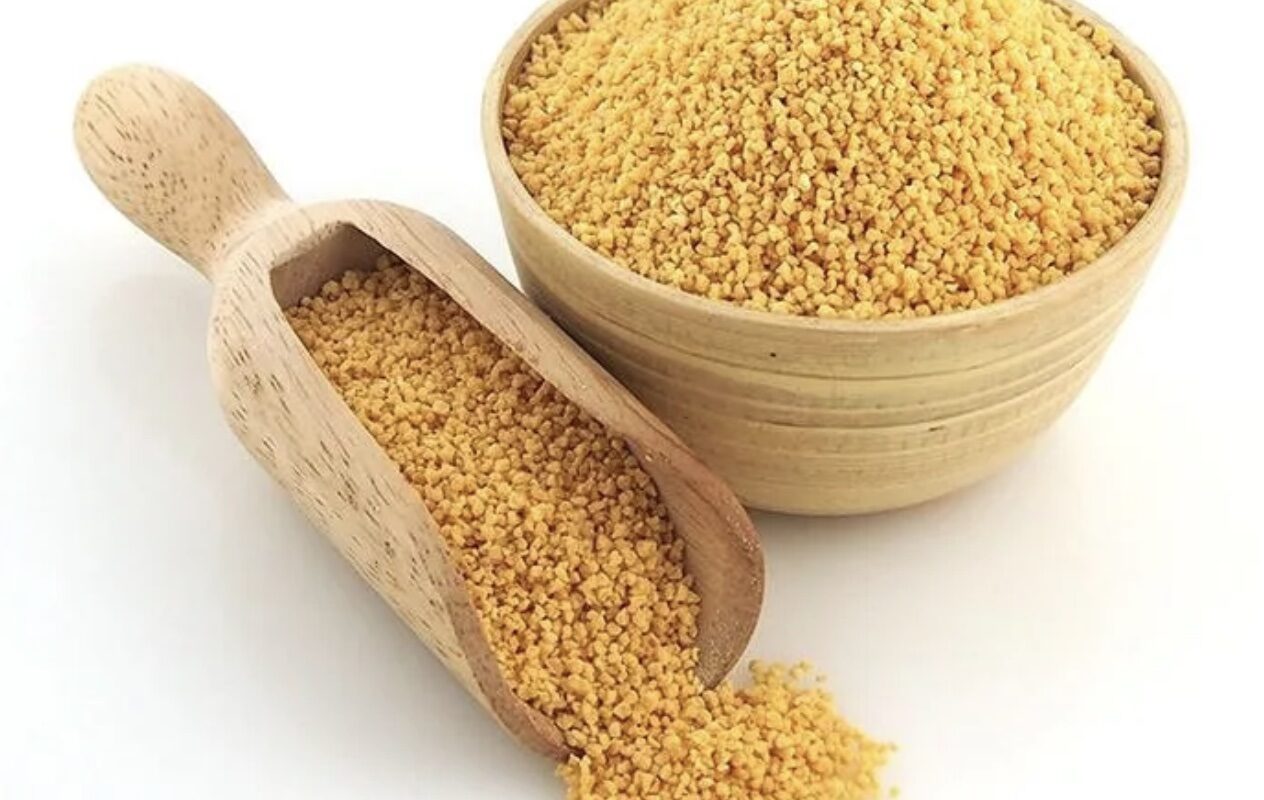Soy Lecithin: Understanding This Unique Food Ingredient
Composition and Properties of Soy Lecithin
Soy lecithin is extracted from soybean oil and is composed mainly of phospholipids and triglycerides. The phospholipids consist of phosphatidylcholine, phosphatidylethanolamine, phosphatidylinositol, and phosphatidic acid. Of these, phosphatidylcholine is the most abundant component and accounts for approximately 70% of soy lecithin’s composition. The unique properties of soy lecithin originate from its amphipathic phospholipid molecules which have both hydrophilic head portions and hydrophobic fatty acid tails. This allows soy lecithin to act as an emulsifier, dispersant, softener, and preservative in foods and other products.
Uses of Soy Lecithin in Food Processing
As an emulsifier, soy lecithin is widely used in the food industry to create and stabilize emulsions between oil and water. It helps to uniformly disperse one liquid into another immiscible liquid. Some common food applications of soy lecithin as an emulsifier include processed meat products, baked goods, chocolate, margarine, mayonnaise, salad dressings, etc. It also improves the texture and mouthfeel of foods. Soy lecithin serves as a dispersing agent for food additives and supplements, helping to uniformly distribute oil-soluble vitamins, minerals, and nutraceuticals in non-fat products. Due to its water and fat absorbing capabilities, soy lecithin acts as a softener and prevents fat bloom in chocolate. It extends the shelf life of foods by retarding oxidation and rancidity.
Role in the Baking Industry
In bread and bakery products, soy lecithin improves freshness retention, texture, and volume. It reduces sticky dough consistency, allowing for easier handling and shaping. Soy lecithin strengthens gluten structure to support high loaf volumes. It prevents staling by inhibiting moisture migration in baked goods. In cake mixes and pancake/waffle batters, soy lecithin promotes uniform dispersion of oils and minimizes separation. This results in finer, less dense crumb textures. Soy lecithin helps extend shelf life by protecting against oxidative rancidity of oils in low-moisture baked foods. It delivers a soft, silky smoothness to baked goods and inhibits their drying out.
Benefits in Chocolate Manufacturing
Chocolate manufacturing makes extensive use of soy lecithin for its efficiency in chocolates’ manufacturing processes and quality attributes. It is commonly added to chocolate at 1-2% levels. Soy lecithin acts as an ideal emulsifier to suspend cocoa butter and other fat ingredients uniformly within chocolate. This leads to a smooth, glossy appearance and melt-in-the-mouth texture. It prevents fat bloom or oils separation on chocolate surface during storage. Soy lecithin allows for easier conching and cooling steps by lowering the viscosity of chocolate mass. It extends shelf life by protecting chocolate fats from oxidation. The phospholipids in soy lecithin impart a silky, lubricious mouthfeel to chocolate.
Role in Fried Food Production
In fried foods like french fries, potato chips, and fried chicken, soy lecithin significantly enhances crisping and prevents excessive oil absorption. As an emulsifier, it uniformly coats the exterior surface of food pieces, limiting oil penetration into interior matrix during frying. This results in fried foods with lighter, less greasy textures. Soy lecithin also helps fried pieces to retain their crispness for longer times after frying by slowing down moisture migration. It improves the freeze-thaw stability of pre-fried frozen foods. The emulsification properties of soy lecithin produce a lighter and less greasy final product with shelf stable crispy character.
Nutrition and Health Benefits
Soy lecithin is considered a source of dietary phospholipids. It contains appreciable levels of B vitamins like choline, B1, B2, B3, B5, and B6. The phosphatidylcholine component is especially rich in choline – an important nutrient for Liver functioning, memory, homocysteine metabolism and fetal brain development. Regular consumption of soy lecithin or choline-containing foods may help reduce risks of fatty liver disease. Some emerging research also links increased choline intakes to better cognitive performance in aging populations. Soybean derived lecithin contains minimal carbs or fat. It can be a suitable additive for ketogenic diets due to its low impact on blood glucose levels. Some studies indicate soy lecithin may exert beneficial effects on blood lipid profiles by marginally reducing total and LDL cholesterol concentrations. However, more robust clinical data is still needed to fully understand its potential health advantages.
Applications Outside Food
Besides food uses, soy lecithin finds applications as an additive in cosmetics, personal care products and pharmaceuticals. Due to its surfactant nature, soy lecithin is used as an emulsifier, stabilizer and softener in cosmetic creams, lotions, hair conditioners and other products. In pharmacy, it helps to dispose hydrophobic drugs uniformly within internal phases of capsules and tablets. Soy lecithin has proven effective in industrial applications related to paints, rubber, concrete, lubricants, biofuel, metalworking fluid and leather/textile manufacturing as well. The emulsification properties of soy lecithin provide value across a diversity of core industries beyond food sector.
In conclusion, soy lecithin is a ubiquitous food ingredient with versatile functionalities originating from its amphipathic phospholipid composition. As an emulsifier and dispersant, it delivers technological and quality enhancing benefits to myriad food processes and product formulations. Regular inclusion of soy lecithin in diet may support overall health via unique nutrition profile centered around phosphatidylcholine and B vitamins. Driven by food industry and emerging industrial needs, soy lecithin market is expected to maintain steady growth globally in future as well.




